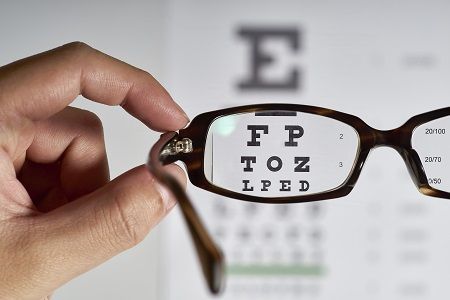Anti-VEGF Treat-and-Extend Regimen Benefits nAMD through Six Years
A new analysis of a trio of intravitreal agents show maintained visual acuity in treatment-naive patients for at least 5 years.

A treat-and-extend regimen of anti-VEGF therapies can effectively maintain response in patients with neovascular age-related macular degeneration (nAMD) for approximately a half-decade, according to a six-year follow-up assessment of the RENO Study.
In new data presented at the American Society of Retina Specialists (ASRS) 2020 Virtual Meeting this weekend, study author Jordyn Vannavong and colleagues reported anti-VEGF agents ranibizumab (Lucentis), aflibercept (Eylea), and bevacizumab (Ziravev) were associated with maintained visual acuity for at least 6 years among receiving regular annual injections.
In an era of refining anti-VEGF dosing and administration, this newest analysis of treat-and-extend regimens could give retina specialists even greater confidence in long-term prescribing as seen fit among patients with nAMD.
Vannavong and colleagues conducted the retrospective, interventional, consecutive case series using 165 eyes from 137 treatment-naïve patients with diagnosed nAMD. All patients were diagnosed after August 2010, and were treated at a single site with 1 of 3 intravitreal anti-VEGF agents for ≥1 year using a treat-and-extend regimen.
The observed regimen included ≥6 injections in year 1, followed by ≥3 injections in the following years.
Investigators assessed for primary endpoints of best-corrected visual acuity (BCVA) change from baseline to end of patient follow-up, mean annual injections, and percentage of eyes losing or gaining ≥15 letters in ETDRS. The team converted Snellen BCVA into ETDRS letters via a standardized formula.
Mean patient age at baseline was 78 years, with a majority (60%) being female. Average baseline BCVA was 53.2 letters. Mean injections received by patients in year 1 was 8.
Mean follow-up was 4.2 years, with nearly half (75 [45.4%]) reaching 5 years, and one-quarter (42 [25.4%]) reaching 6 years.
In years 2-6, patients received a mean annual 6 injections. Mean BCVA changes from baseline were 8.2 letters, 7.0 letters, 4.8 letters, 4.6 letters, 5.7 letters, and 0.3 letters for years 1-6, respectively. At final follow-up, a greater rate of patients improved by ≥15 letters (26.1%) than had worsened by ≥15 letters (18.8%).
Vannavong and colleagues were able to conclude that ranibizumab, aflibercept, or bevacizumab are associated with maintained visual acuity in patients with nAMD when administered in a treat-and-extend regimen that includes at least 6 first-year injections and 3 annual injections thereafter.
“The initial vision gains seen in the first 5 years of follow-up were not maintained at year 6,” they noted.
The study, “Efficacy of the Treat-and-Extend Regimen in the Management of Neovascular Age-related Macular Degeneration: 6-year Results of the RENO Study,” was presented at ASRS 2020.